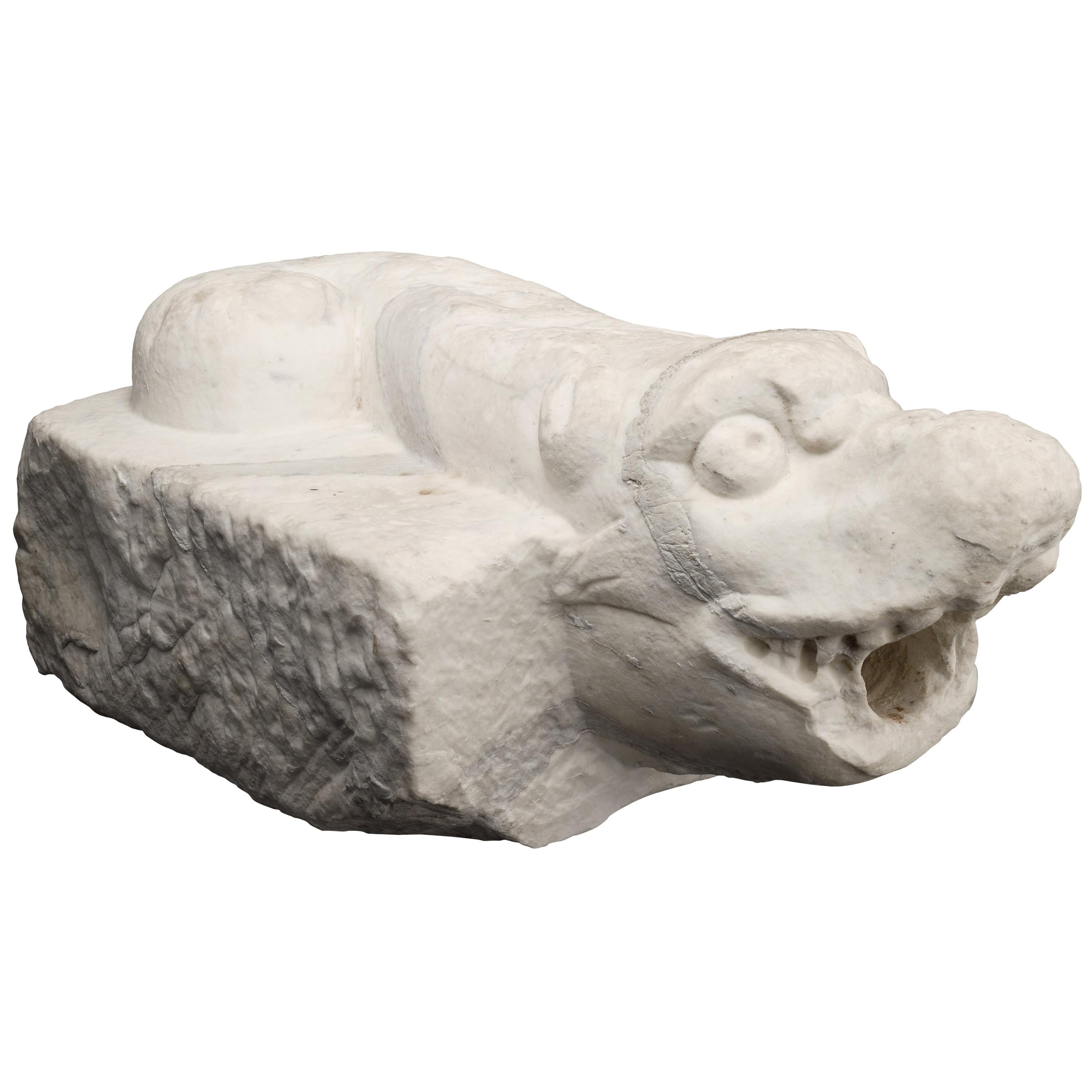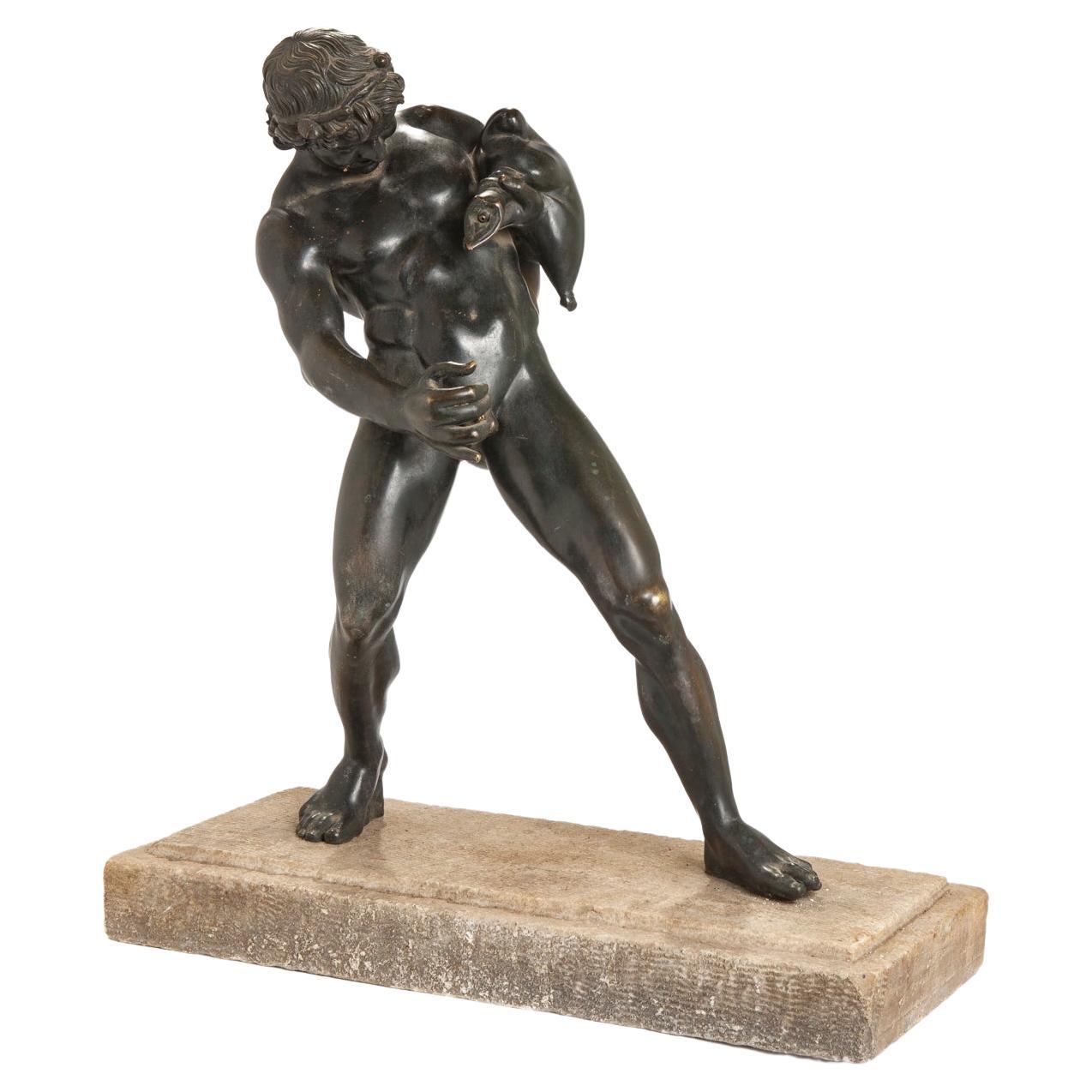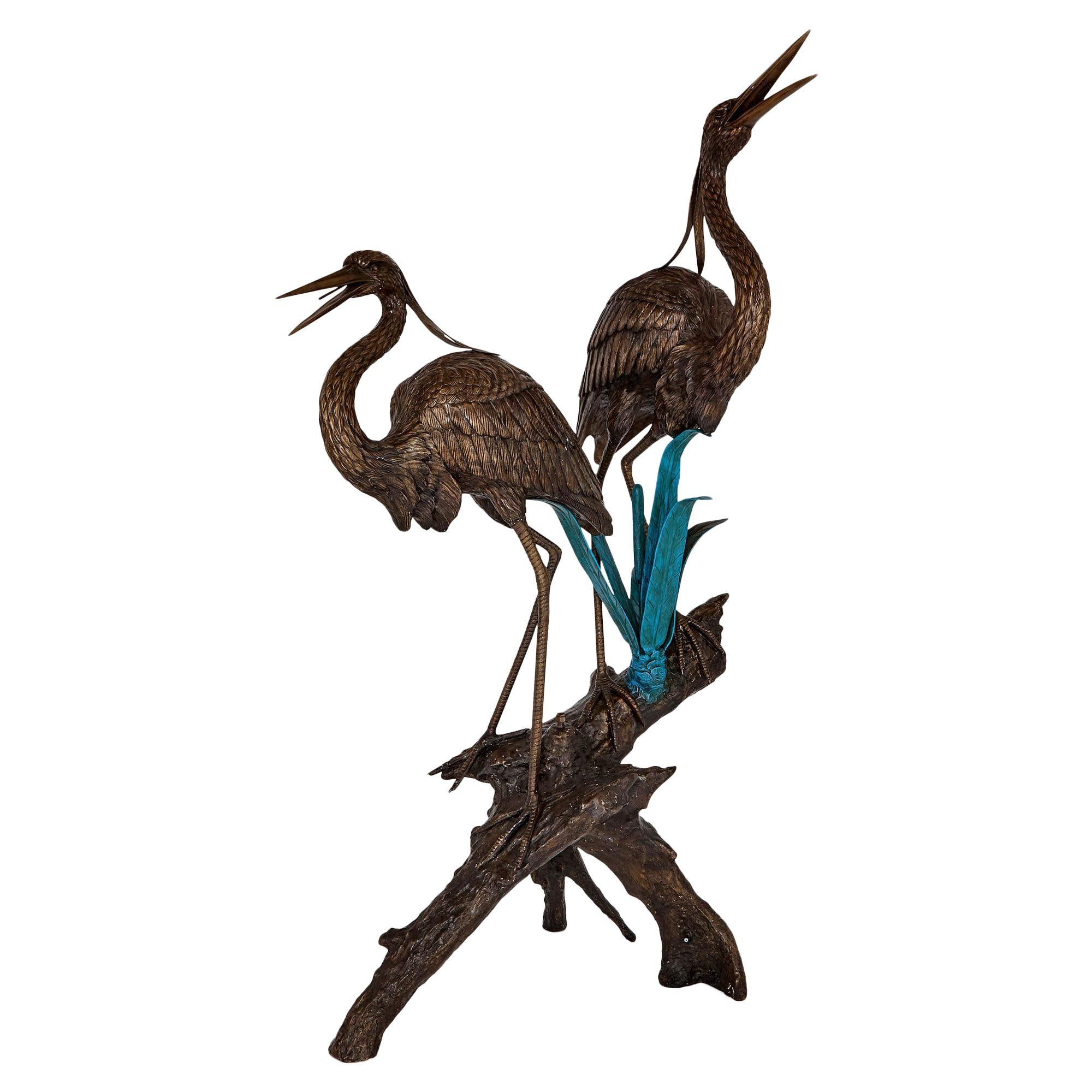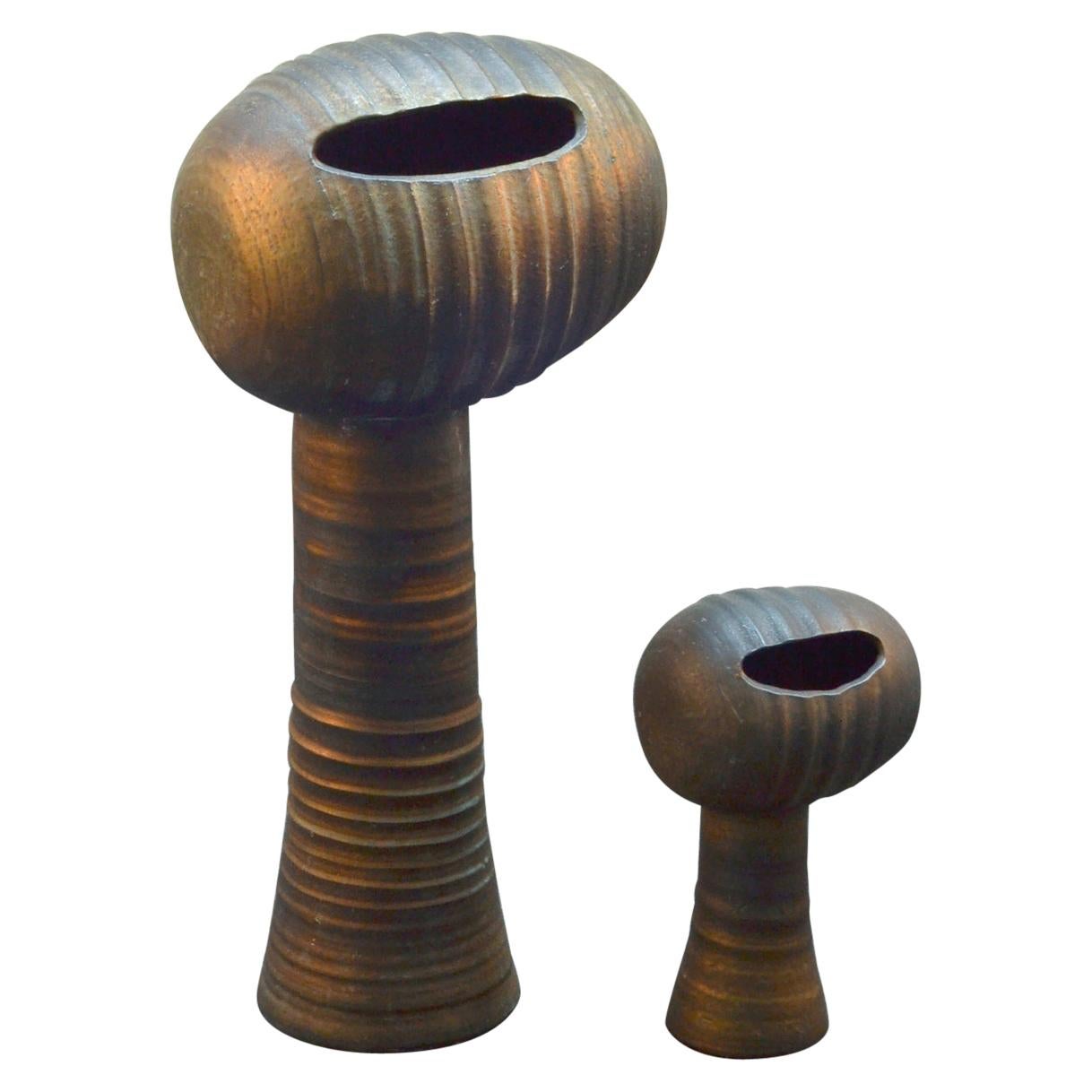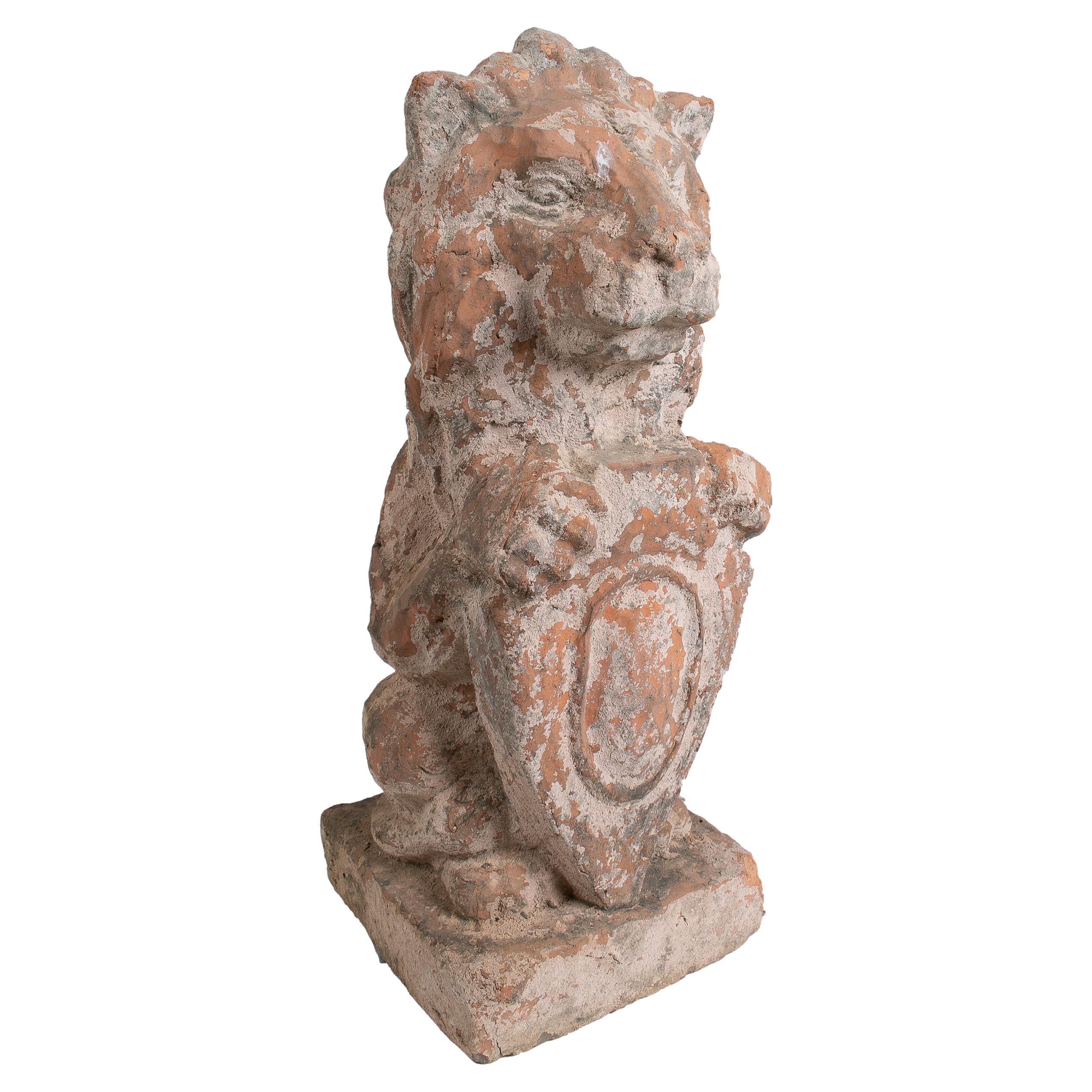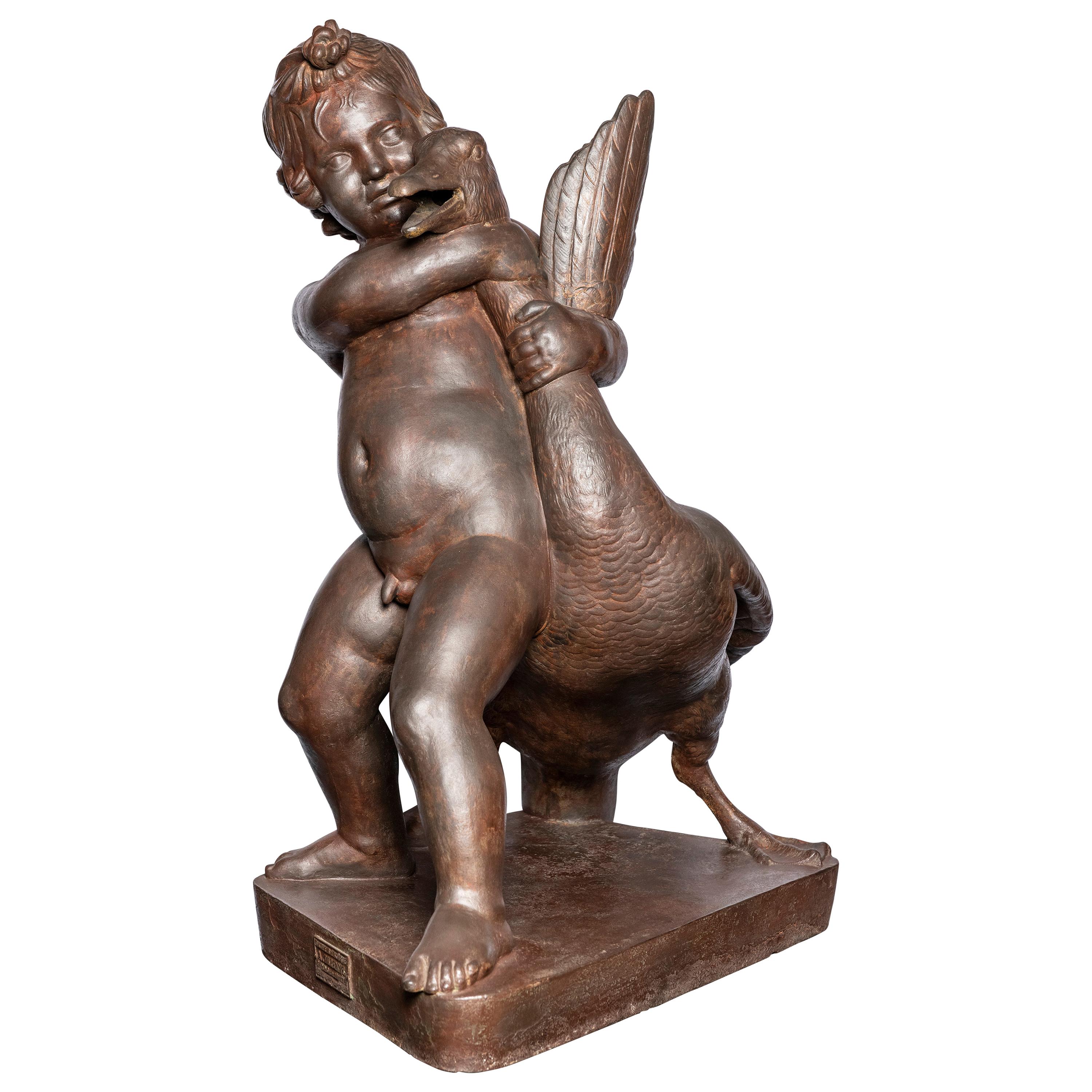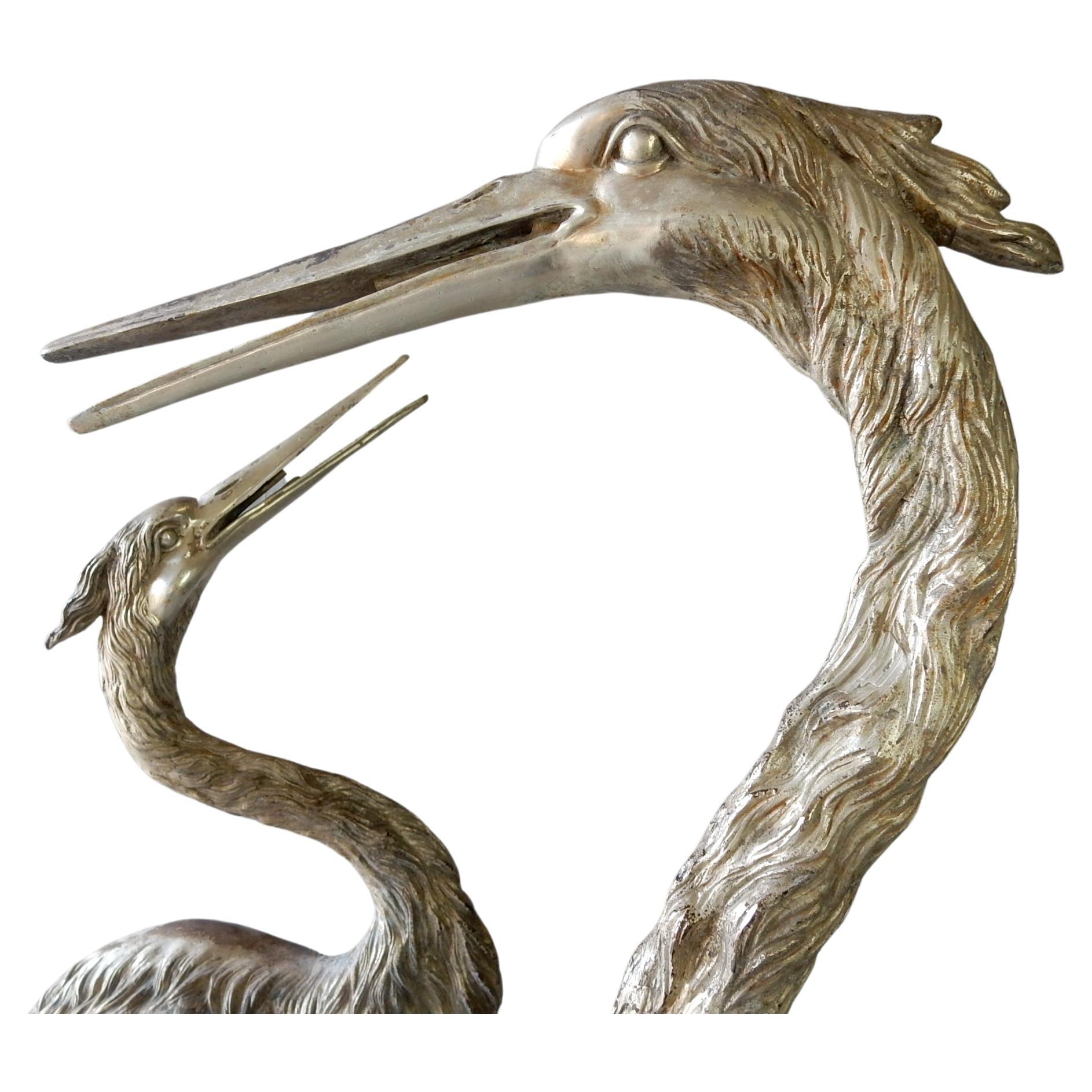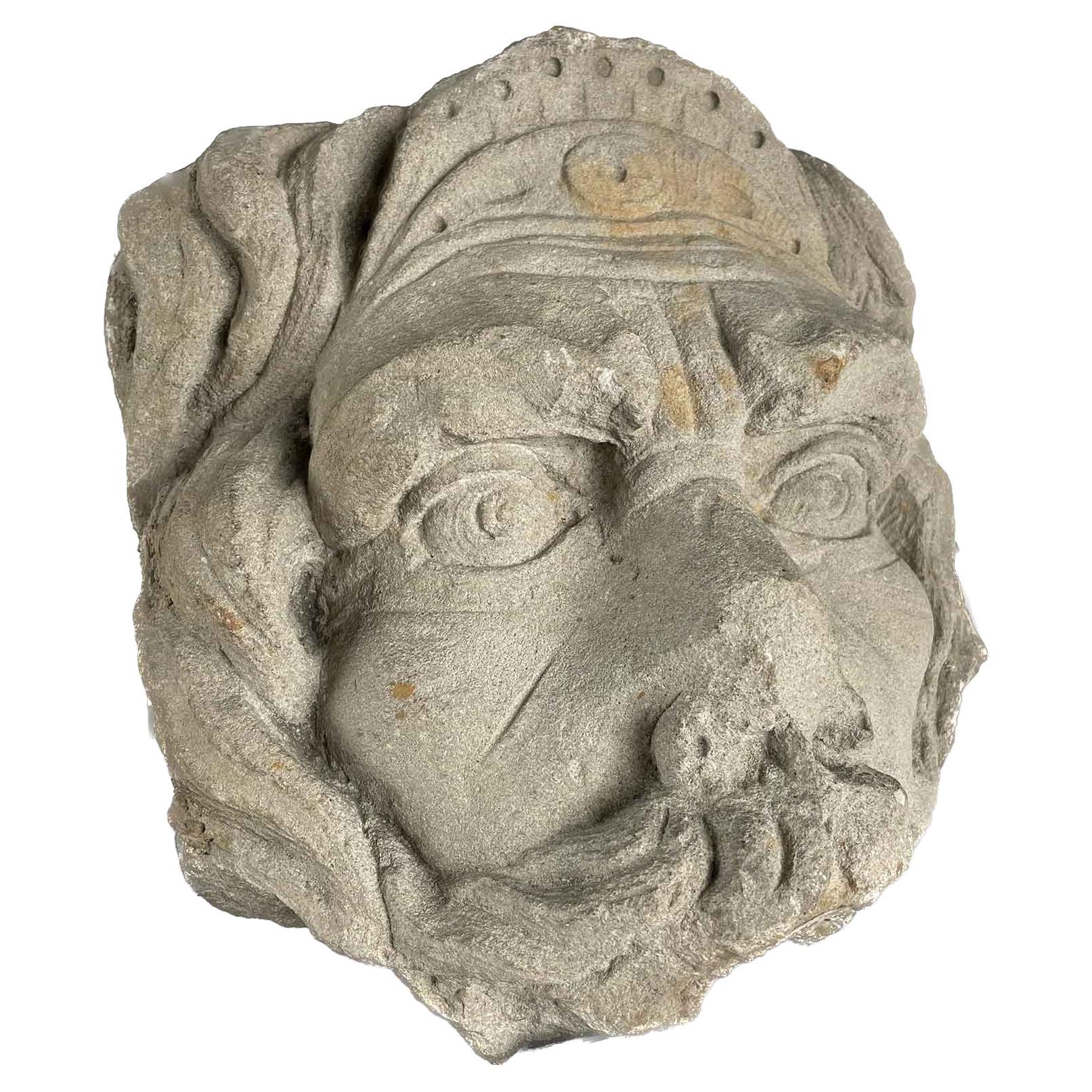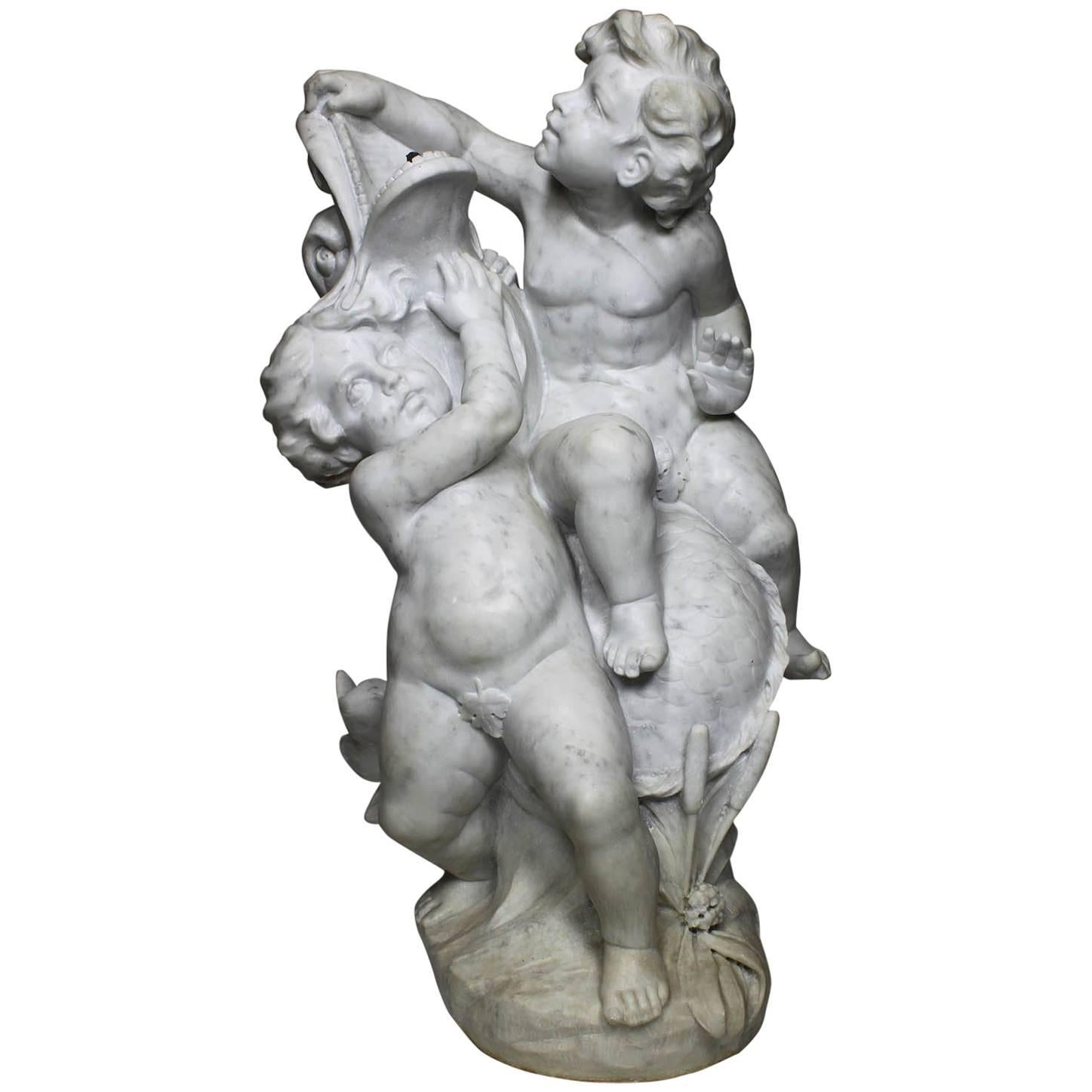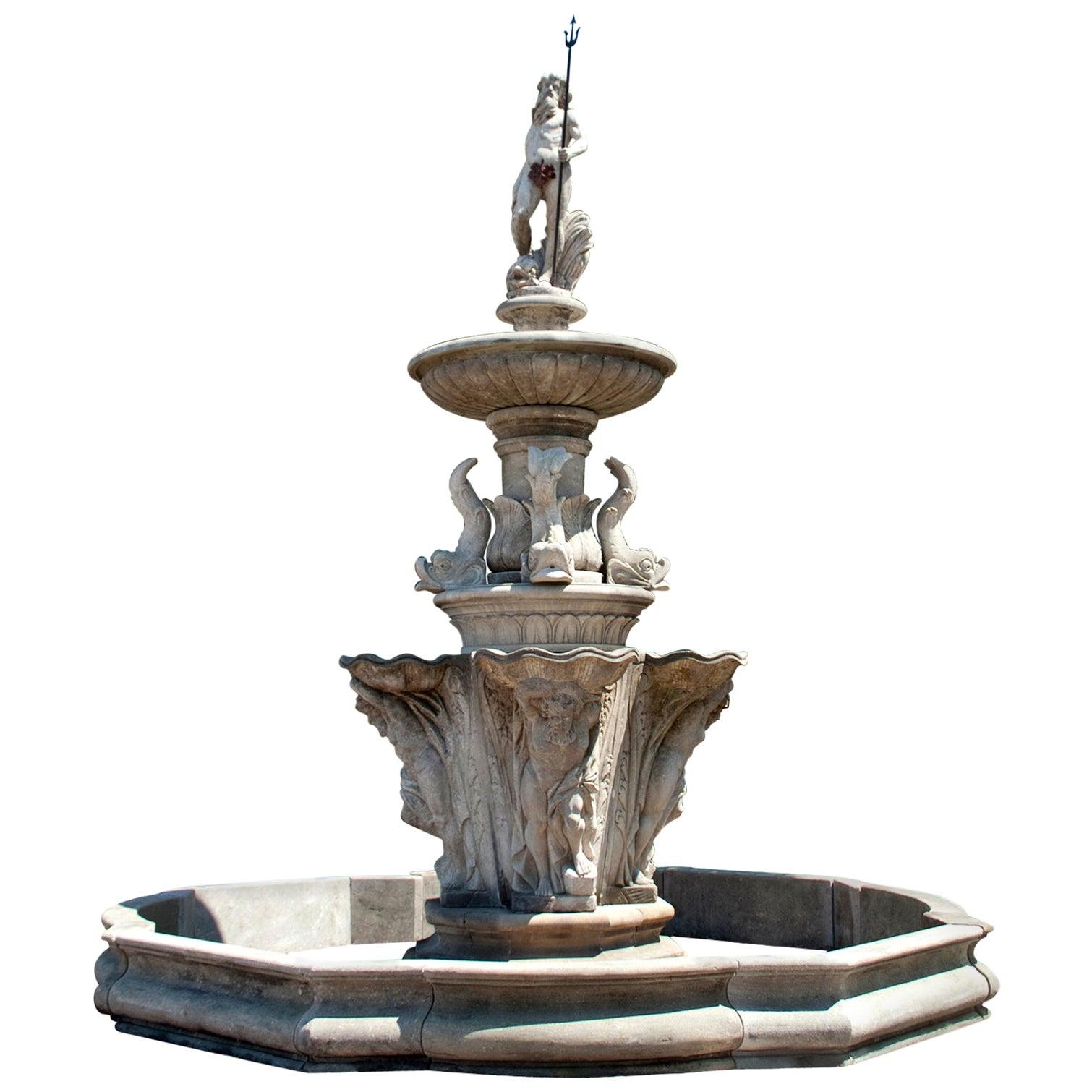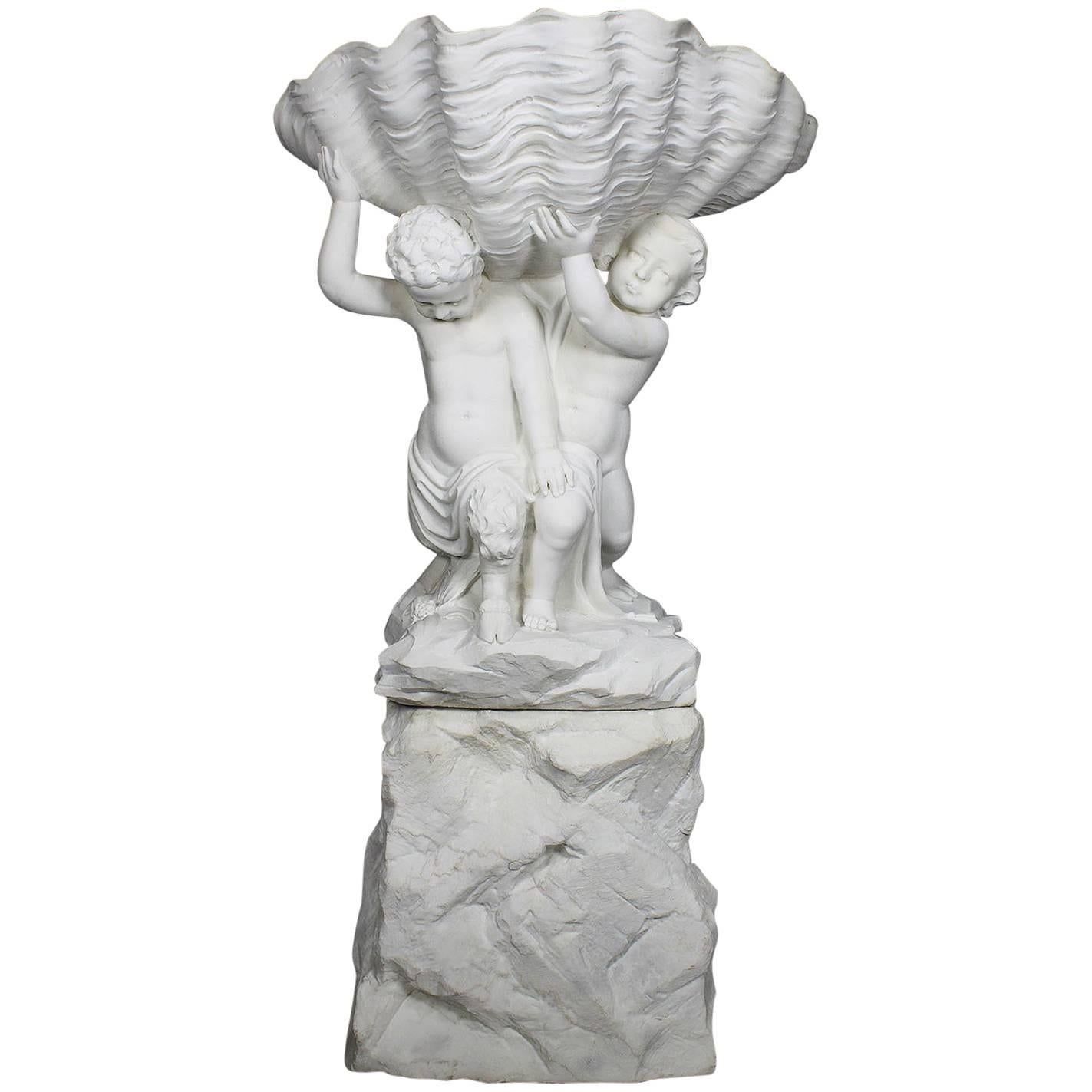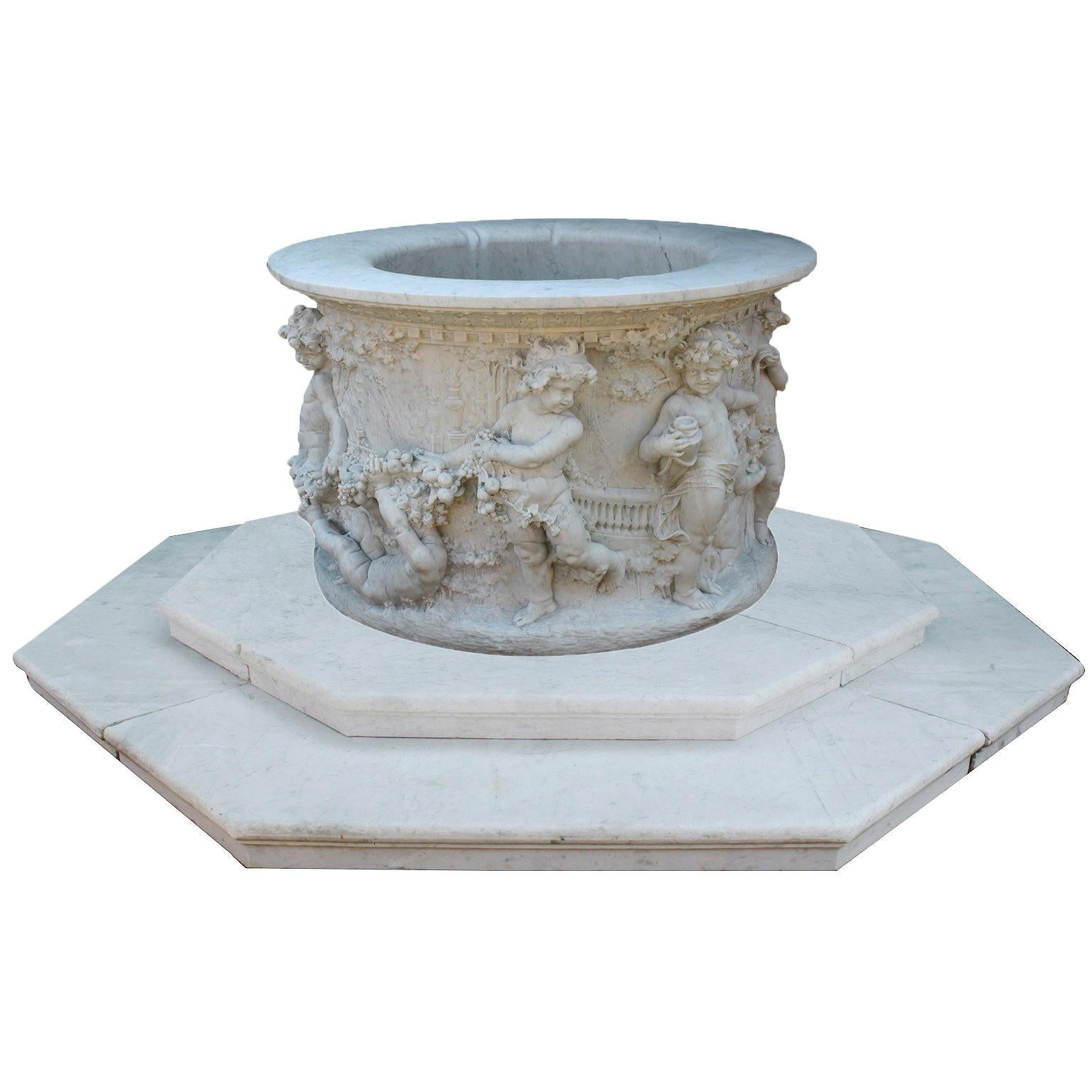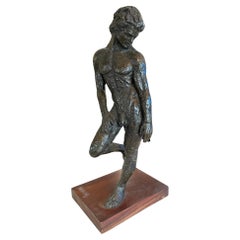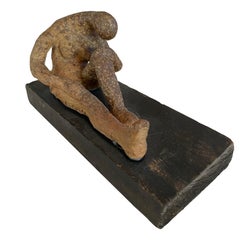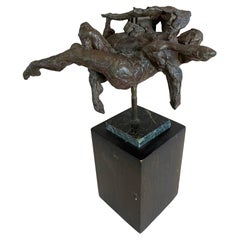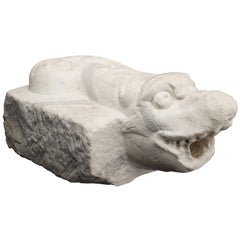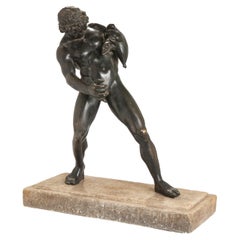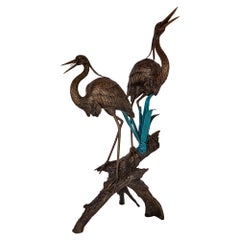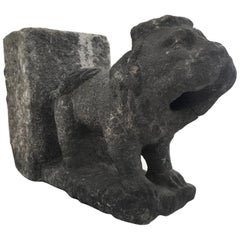
Italian Sculpture
View Similar Items
Want more images or videos?
Request additional images or videos from the seller
1 of 6
Italian Sculpture
About the Item
- Dimensions:Height: 13 in (33.02 cm)Width: 8 in (20.32 cm)Depth: 22 in (55.88 cm)
- Materials and Techniques:
- Place of Origin:
- Period:
- Date of Manufacture:19th Century
- Condition:Wear consistent with age and use.
- Seller Location:Los Angeles, CA
- Reference Number:1stDibs: LU986419536792
About the Seller
5.0
Vetted Seller
These experienced sellers undergo a comprehensive evaluation by our team of in-house experts.
Established in 2000
1stDibs seller since 2013
129 sales on 1stDibs
Typical response time: 2 hours
More From This SellerView All
- Solid Bronze Antinous SculptureLocated in Los Angeles, CAAnonymous. Antinous: Study I (Cast Bronze). Solid bronze of Antinous, Favorite of Hadrian 117-138 AD. A 20th Century sculpture. The young boy's exceptiona...Category
Early 20th Century Italian Expressionist Abstract Sculptures
MaterialsBronze
Sold$4,000 - Figurative Sculpture by T. Horowitz, 1952Located in Los Angeles, CABeautiful clay sculpture on wood base. Signed T. Horowitz on side, with THO 1952 label on the wood base.Category
Mid-20th Century Mid-Century Modern Abstract Sculptures
MaterialsClay, Wood
- Abstract Bronze Sculpture, France, 1930sLocated in Los Angeles, CABeautiful abstract bronze sculpture. France, 1930s,Category
Mid-20th Century French Expressionist Abstract Sculptures
MaterialsBronze
- Abstract Bronze Sculpture, France, 1940sLocated in Los Angeles, CARare and unique bronze sculpture, on custom lucite base. France, 1940s.Category
Mid-20th Century French Expressionist Abstract Sculptures
MaterialsBronze
- Expressionist Bronze Sculpture, France, 1930s With Adjustable TripodLocated in Los Angeles, CABeautiful and unique Expressionist bronze sculpture, on marble base. France, 1930s.Category
Mid-20th Century French Expressionist Abstract Sculptures
MaterialsBronze
- Abstract Sculpture by Alwy VisschedykLocated in Los Angeles, CABeautiful abstract wood sculpture by Alwy Visschedyk, hand-signed. American, 1994.Category
1990s American Mid-Century Modern Abstract Sculptures
MaterialsWood
$2,240 Sale Price20% Off
You May Also Like
- Italian Ancient Marble Sculpture Fountain, Late 16th CenturyLocated in Milano, ITSea monster Carrara marble mouth fountain Italy, late 16th century It measures 13.8 x 31.5 x 18.9 in (35 x 80 x 48 cm) State of conservation: some small evident gaps and widespread signs of wear due to outdoor exposure. The gray marks crossing it do not come from restoration, but are rather the natural veins of the marble. This work has some morphological characteristics typically associated with the iconography of the sea monster: an elongated muzzle, sharp teeth, protruding eyes, elongated ears, and a coiled serpent's tail. An in-depth series of studies on artistic depictions of the sea monster attempted to verify how this symbol evolved in antiquity in the European and Mediterranean contexts and how it gradually changed its image and function over time. The iconography itself is mutable and imaginative and its history is rich with cultural and artistic exchange, as well as the overlapping of ideas. This occurred so much that it is difficult to accurately pinpoint the "types" that satisfactorily represent its various developments. However, we can try to summarize the main figures, starting from the biblical Leviathan and the marine creature that swallowed Jonah (in the Christian version, this figure was to become a whale or a "big fish", the “ketos mega”, translation of the Hebrew “dag gadol”). Other specimens ranged from the dragons mentioned in the Iliad (which were winged and had legs) to "ketos” (also from Greek mythology), the terrifying being from whose Latinized name (“cetus”) derives the word "cetacean". See J. Boardman, “Very Like a Whale” - Classical Sea Monsters, in Monsters and Demons in the Ancient and Medieval Worlds, in Papers presented in Honor of Edith Porada, Mainz am Rhein 1987, pp. 73-84). In Italy the monster underwent yet further variations: it can be found in Etruscan art on the front of some sarcophagi representing the companion of souls, while among the Romans we find the “Pistrice” (cited by Plinio in Naturalis Historia PLIN., Nat., II 9, 8 and by Virgilio in Eneide: VERG., Aen., III, 427), which appeared in the shape of a stylized hippocampus or a very large monstrous cetacean and evolved into a hideous being with a dragon's head and long webbed fins. During the Middle Ages, the sea monster was the object of new transformations: at this time, it is often winged, the head is stretched like a crocodile, the front legs are often very sharp fins - sometimes real paws - until the image merges with dragons, the typical figures of medieval visionary spirituality widely found throughout Europe (on this topic and much more, see: Baltrušaitis, J., Il Medioevo fantastico. Antichità ed esotismi nell’arte gotica, Gli Adelphi 1997). In Italy during the 15th and 16th centuries, the revival of classicism - representative of the humanistic and Renaissance periods - led to a different reading of these "creatures". Indeed, the sea monster was also to find widespread use as an isolated decorative motif, especially in numerous fountains and sculptures where dolphins or sea monsters were used as a characterizing element linked to water (on this theme see: Chet Van Duzer, Sea Monsters on Medieval and Renaissance Maps, London, The British library, 2013). From the morphological point of view, the "sea monsters" of this period are mostly depicted as hybrid figures, in which the body of a mythological or real being (a hippocampus, a sea snake, a dolphin), is joined to a head with a rather indistinct appearance. It was usually characterized by large upright ears, an elongated snout, sharp teeth and globular, protruding eyes; a complex and indefinite figure, both from the symbolic point of view and from that of its genesis. The work we are examining is placed as a cross between the medieval sea serpent and the Renaissance dolphin, with stylistic features which recall the snake as often used in heraldry (such as the "snake" depicted in the coat of arms of the Visconti - the lords and then dukes of Milan between 1277 and 1447 - and which, for some, may be derived from the representations of the “Pistrice” that swallowed Jonah). In the search for sources, Renaissance cartography and in particular woodcuts should not be neglected. See for example the monsters of Olaus Magnus, from the editions of the “Historia de gentibus septentrionalibus” (“History of the peoples of the north”) and the natural histories of Conrad Gesner, Ulisse...Category
Antique 16th Century Italian Renaissance Animal Sculptures
MaterialsCarrara Marble
- Nude Male Bronze Sculpture FountainLocated in Malibu, CABronze male sculpture signed. Fonderia Giorgio Sommer Calabritto Napoli Thomas, sculptor, lived and worked in the Naples area, and especially on Capri, from 1889 to 1906. Given this ...Category
20th Century Italian Renaissance Figurative Sculptures
MaterialsCarrara Marble, Bronze
$13,297 Sale Price29% Off - Large Patinated Bronze Fountain with Heron SculpturesLocated in London, GBThis wonderful patinated bronze work is designed to function as both a water fountain and a superb piece of sculpture. The item will be well-suited to either an indoor or outdoor setting. The piece takes the form of two herons...Category
20th Century French Anglo-Japanese Fountains
MaterialsBronze
- Architectural Ceramic Water Fountains Sculptures Bronze Glazed 1960 MobachBy MobachLocated in London, GBThe sculptural head shaped water features hand-turned in ceramic, produced by Mobach in Utrecht during the 1960's. Mobach produced this unique mat bronze lustre glaze has a result of...Category
Vintage 1960s European Mid-Century Modern Abstract Sculptures
MaterialsCeramic
- 1990s French Natural Terracotta Lion w/ Shield Garden SculptureLocated in Marbella, ES1990s French natural terracotta lion with shield garden sculpture.Category
Late 20th Century French Animal Sculptures
MaterialsTerracotta
- Cast Iron Fountain Sculpture "Boy with Goose" Signed Antoine Durenne FonderieBy A. DurenneLocated in Buenos Aires, Buenos AiresCast iron fountain sculpture "Boethus Boy with goose" signed Antoine Durenne Fonderie, France, late 19th century. Green marble pedestal dimensions: 95 ...Category
Antique Late 19th Century French Neoclassical Figurative Sculptures
MaterialsIron
